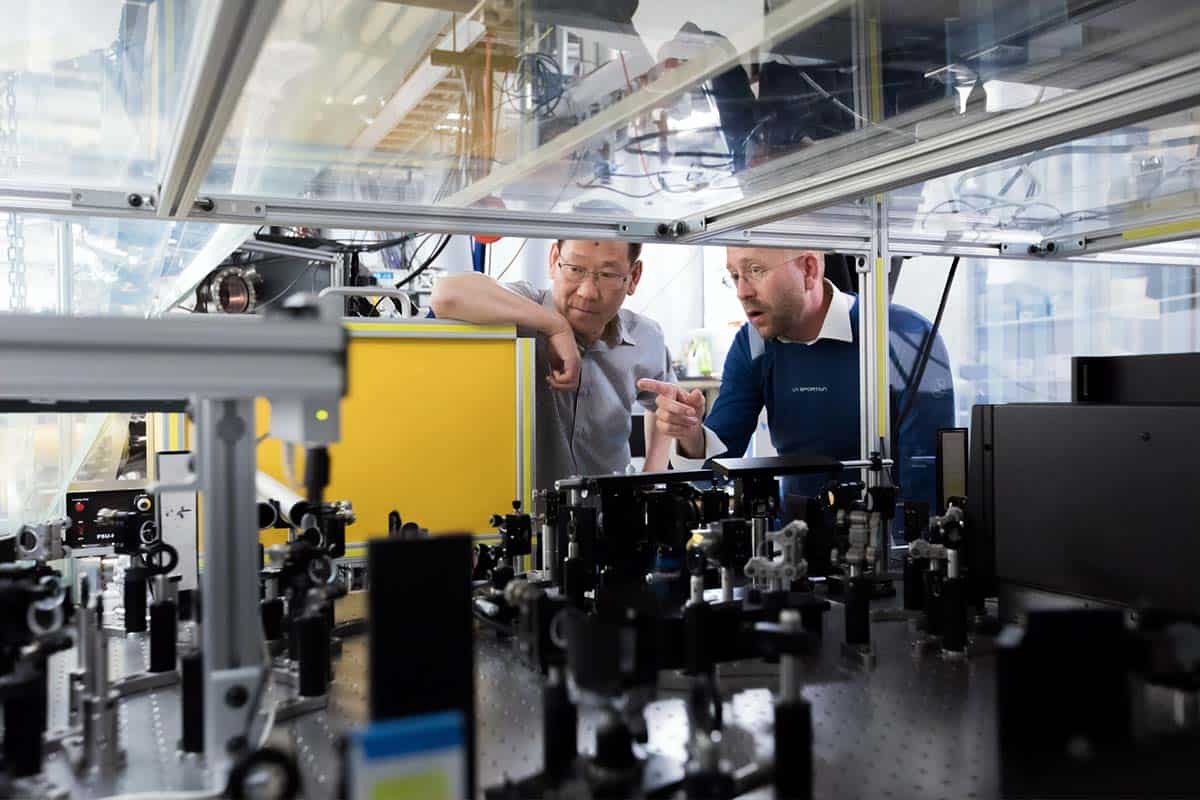Why Quality Control is Essential in Machining
Share

The two elements in describing quality are the written contract stating the expectations that the consumer should have in the product and the performance in how it relates to the overall functions and services for the consumer. The industry uses process planning and modeling to produce parts to produce specific parts. The purpose of producers using machines is for the high accuracy and low surface roughness that it offers, and also the high-quality work at a low cost for both the entrepreneur and the consumer. The model-based machine optimization optimizes for tool path, selection, feeds, speeds, coolant strategy, and sequence.Quality and Consistency of Machined Components and Products…
Often times producers will make changes in the process steps and machine equipment to maintain the quality of the product and to also maintain consistencies related to the way that the overall product functions. This will save the company from encountering the same issues in the performance of the machinery, and it will save the company funds overtime.
The main aspects that each quality control inspection places emphasis on are the controls, integrity criteria, integrity, job management, and a well-managed process. The Machine Tool Performance Standards represent consistent measures of motion errors, which enables manufacturers to evaluate production quality limits. Another method for measuring quality control is On-machine metrology, which is an assessment of measuring the capability of machine tools through the development of relevant ISO standards. The most popular defects and imperfections include surface deformation, tool deflection, and wear. Quality control ensures that worn tools do not degrade the surface quality, saving the producer money and keeping the consumer happy.
There are many advantages of quality control inspections. One of which is that it builds up the image of the company producing the product, increasing sales. It also helps entrepreneurs be able to shift responsibility from people to machines; in the long run, it will save the company money and energy that would be put into running a factory with no quality machines. This further leads to the business owner to ensure that the manufactured product meets the standards of the government and the buyer.
























